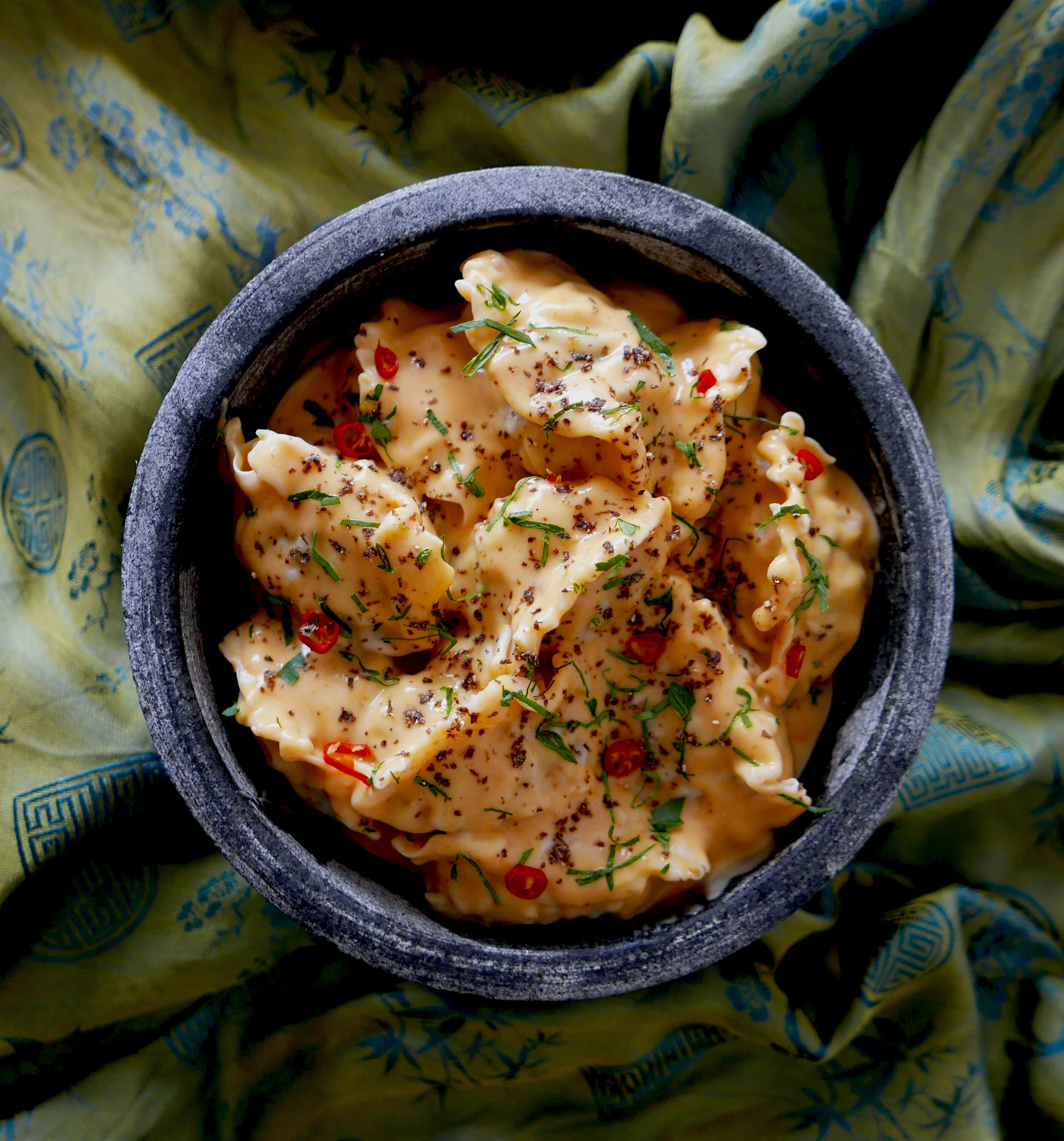With North African origins of about 2000 years ago, couscous has spread around the world – not so much in many forms but in many dishes. In Berber, the word couscous means well-formed or well-rolled and it is an ingredient that has religious and spiritual significance. It is cooked at family celebrations such as weddings and is also eaten at the end of Ramadan. Its nutritional profile is minimal in protein and fibre, like pasta.
How is Couscous made?
Couscous is made from the product of wheat milling known as semolina (not flour) which is crushed into small granules. It is an ingredient that is extremely versatile, quick, and easy to cook and used in both sweet and savoury dishes. Although couscous is made most commonly from wheat, it is also found using millet, corn, sorghum, and barley.
Israeli couscous or ptitim is larger than the traditional type by using both semolina and regular flour, it has a chewier consistency and bite to it.
Traditionally, couscous would be handmade on a large flat plate where semolina is sprinkled lightly with salted water and plain flour. The mixture is rolled until the granules appear and are then sieved with dry flour to separate and obtain pellets of a similar size. This laborious process is repeated, and the couscous is then dried in the sun, stored, or cooked.
Couscous around the world
Couscous in Morocco is usually steamed to be cooked in special pots known as a couscoussiers where stock or stews can be made in the bottom vessel while the couscous is steamed on top, allowing it to maintain a light and fluffy texture. It can also be mixed with water and oil before steaming and then intermittently stirred over a period of time adding butter until the grains are fluffy and cooked. These days, instant couscous is conveniently available, and all is needed to cook it is right parts stock to granule, and an 8 – 10-minute wait.
Preparing Couscous in Morrocco’s Hight Atlas Mountains
Credit: JEff Kohler /NPR
Although it is not known exactly how and when it made its way to Tunisia, there is evidence around the 15th Century in the writings of Tunisian pilgrims, documenting a dish comprising of couscous, butter, beef and cabbage. From Tunisia, it journeyed to Spain by the Moors and also travelled to Sicily where it is commonly found as part of dishes on the west coast. It was either introduced to Sicily in the late 800’s or possibly in the latter part of the 15th Century.
Couscous dishes vary around the world. In Morocco, couscous is usually served with vegetables and a small amount of meat, in Tunisia they enjoy a spiced dish with fish, lamb or beef seasoned with harissa. Couscous is commonly prepared with chicken and chickpeas in Jordan and Syria. In Sicily, their couscous is a mixture of tomatoes, herbs and fresh seafood. They have embraced couscous wholeheartedly by celebrating a festival for it in San Vito Lo Capo every year.
Cooked in larger quantities, couscous is the basis of many dishes that are enjoyed in cultures where food is eaten, shared and enjoyed communally around the world.
Here is a Sicilian seafood couscous recipe to get you started….







